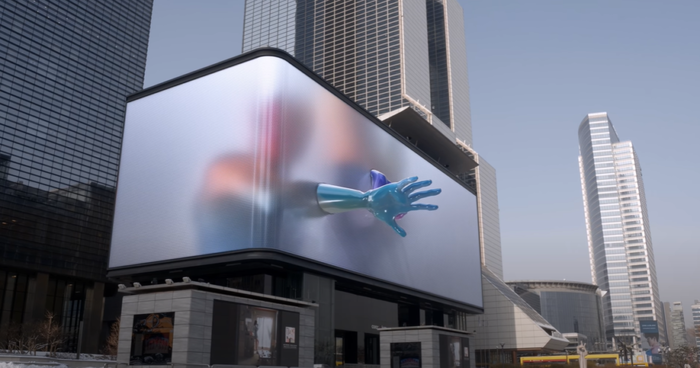- Home
- COMPANY INFO
- News & Event
- What is LED display?
What is LED display?
What is LED display? Is an LED screen the same as a TV or projector? To answer questions CNTECH invite you to follow the article below.

What is LED display?
LED screen is a type of screen with the same function as TV screen, projector. But they have the advantage of not being limited to the size and resolution of the screen. They can be customized in size and number of inches depending on the actual requirements of the user.
LED screens use light-emitting diode technology, no need for background light. The light-emitting diodes are mounted together on a blister (module) to form a screen: usually (using small modules linked to form a large LED screen) or small panels lined up with large blocks (called cabinets).
How many types of LED display are there?
LED screens are divided into 2 types: DIP and SMD bulbs.
DIP ball: With a pixel on the module, the discrete LEDs stand next to each other.
SMD bulb: A pixel is an LED that has integrated RGB diodes. A cluster of diodes R (red), G (green), B (blue) forms a full_color pixel.
These pixels are evenly spaced and the exact pixel resolution is measured from the center of one diode cluster to the center of another. The largest LED screen in the world has a length of more than 600m.
Most of the indoor LED screens on the market use SMD technology. An SMD pixel consists of diodes R, G, B in a chip. They are mounted on the PC console.
The diodes are smaller than the tip of a needle and are placed very close together. The biggest difference is that the maximum viewing distance is reduced by 25% compared to monitors using DIP technology with the same resolution.
How to choose the most optimal LED screen
Indoor LED display with SMD technology has a minimum brightness of 600 cd/m2. This brightness is typically applied to screens in dark or individual locations, but in higher ambient light conditions this brightness will need to be greater. Displaying fashion shows or auto shows are two examples for a stage with high brightness and will require a higher brightness LED display. Conversely, when a screen appears on a television, a lower brightness requirement will be required. For outdoor LED displays, the minimum required brightness is 2000 cd/m2.

Led screen in door

Led screen out door
Compare LED screen and LCD screen
1. About contrast
The structure of the LCD screen used has liquid crystals, so it is not possible to cover 100% of the backlight and at that point the black screen is displayed but not completely black. In contrast to LCD screens, the black color displayed on LED screens is very good because there is no backlight.
2. About color accuracy
With single-color LED technology, there is no big difference between LED and LCD screens. However, today with the improvement of technology, LED screens use 3 new RGB colors, making the colors of that product more realistic and sharper than ever. This is also the strong point of LED screen compared to LCD.
3. About the point of view
Although LCD screens constantly change viewing angles, they are generally not much improved compared to LED screens, mainly due to the nature of technology. Today, LED screens have upgraded the viewing angle to 150 degrees. This number for LCD screens is only 100 degrees.
4. About longevity
Currently, LED screens all have a lifespan of 100,000 hours, a fairly high number. However, for a long time of use, it is easy to see the phenomenon of light leakage, which reduces image quality. As for LCD, its calculated average life is only about 50,000 hours.
5. About energy consumption
The power consumption of LED screens is 40% lower than LCD screens. This is one of the deciding factors for customers to use today.
Others
- Hướng dẫn cài ChatGPT lên điện thoại.
- Why Use Digital Signage's Interactive Feature?
- Using Digital Signage To Compete With Online Shopping, Why Not?
- 5 Digital Signage Content Ideas To Increase Viewer Engagement
- What is the difference between LED and IPS screens?
- The Difference Between Display Brightness Levels (cd/m²) – How to Choose the Right One for Each Application

